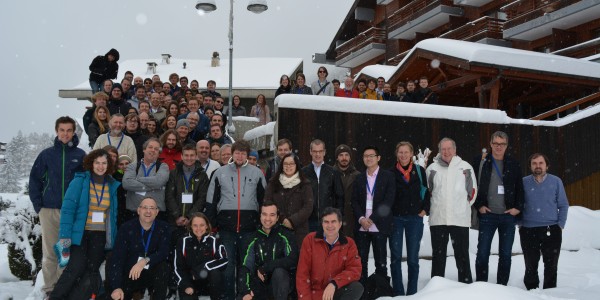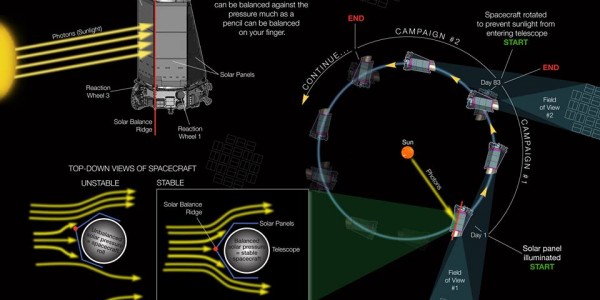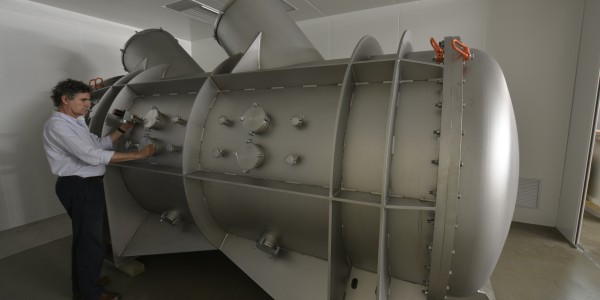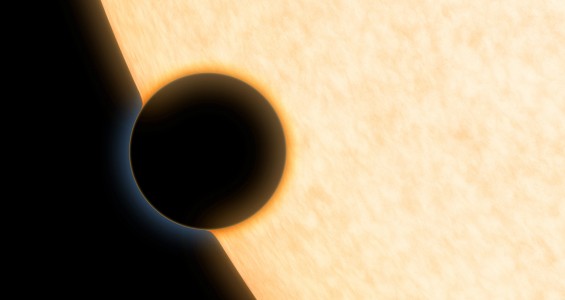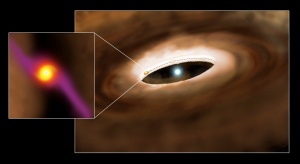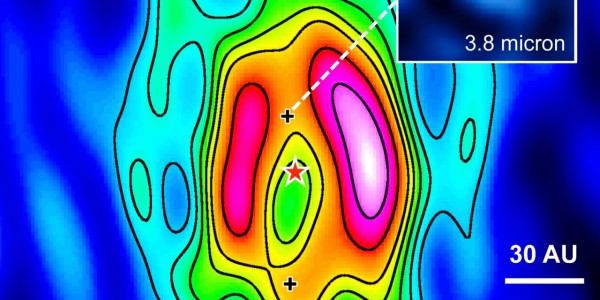News
Flickr – General Assembly Anzère
Continue ReadingNASA’s Chief Scientist visits Bern
Are we alone in the universe? «This is one of the questions that drives us forward», says Ellen Stofan, NASA’s chief scientist, who is convinced that we will find an answer in the next 20 years: «That is terribly exciting.» A special guest was welcomed by members of NCCR PlanetS on Feb. 25th 2015: NASA’s […]
Continue ReadingFirst Group Selfie
The NCCR-PlanetS folks meet for the first time ever in Anzère (Vs). All participants pose up for the first group picture. The winter definitely arrived here!
View GalleryCHEOPS Video
The CHaracterizing ExOPlanet Satellite (CHEOPS) has been selected in 2012 as the first S-class mission in ESA’s Science Programme. It is the first mission dedicated to search for planetary transits by means of ultrahigh precision photometry on bright stars already known to host planets. CHEOPS is a joint ESA-Switzerland mission. Watch a short video describing CHEOPS […]
Watch VideoK2, the fixed version of Kepler, and Harps-N dicovered a new super-Earth.
Geneva astronomers, members of an international team and the Nccr PlanetS, discovered a super-Earth thank to Harps-N and the repaird version of the satelite Kepler. Kepler has been fixed lately by the Nasa using the solar rays to replace the gyroscopic wheel which failed last year. It’s the first planet detected by this new mission […]
Continue ReadingThe hunt for exo-Earth liveable is open.
The vacuum tank of ESPRESSO The Geneva observatory received the vacuum tank Stunned for Wins ESPRESSO, DE the new spectrometer which wholesale mlb jerseys should allow to discover planets like the Earth in liveable region. ESPRESSO will cheap mlb jerseys be able cheap mlb jerseys to measure radial velocitie up to 0,1m/s which corresponds to […]
Continue ReadingWeather on an Exo-Neptune
Image at 7 mm wavelength of the dusty disk wholesale jerseys around the star HD 169142 obtained with the Very Large Array (VLA) at 7 mm wavelength. The positions of the protoplanet candidates are L’aveu marked with plus signs (+) (Osorio et al. 2014, ApJ, 791, L36). The insert in the upper right corner shows, […]
Continue ReadingBaby-planets around a nearby star
This graphic is an artist’s conception of the young massive star HD100546 and its surrounding disk. Image Credit: P. of Marenfeld & NOAO/AURA/NSF An international team including ETH scientists has discovered for new evidence that planets are forming around a star about 335 light years from Earth. The team found emission from carbon monoxide molecules […]
Continue ReadingFormation of a planetary system
Image at 7 mm wavelength of the dusty disk around the star HD 169142 obtained with the Very Large Array (VLA) at 7 mm wavelength. The positions of the protoplanet candidates are marked with plus signs (+) (Osorio, M. et al. 2014, ApJ, Para 791, L36). The insert in the upper right corner shows, at […]
Continue Reading

